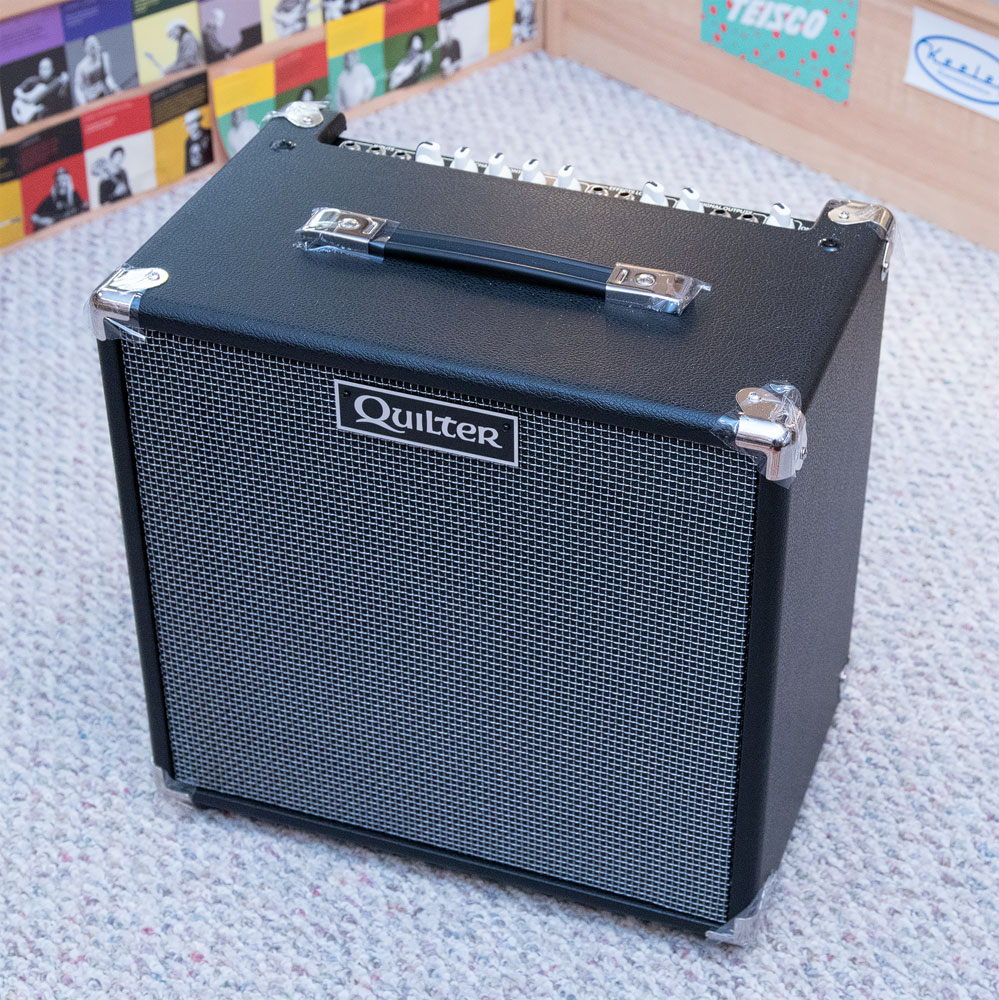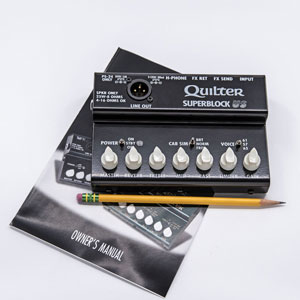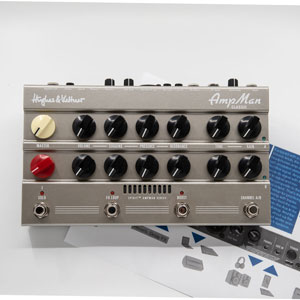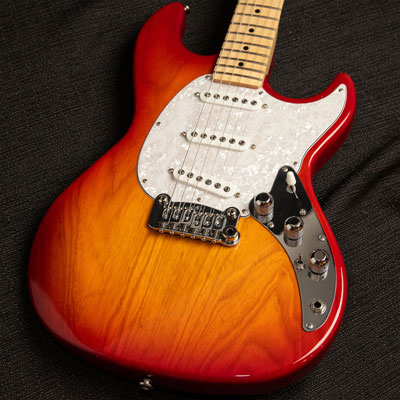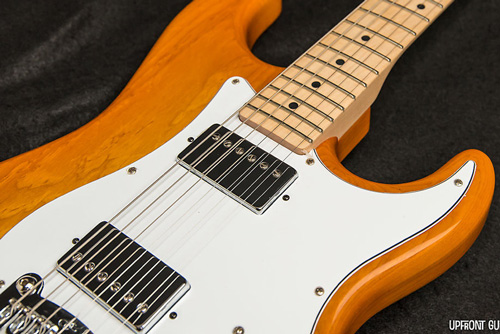For those who follow the G&L brand, 2023 brings quite a few changes to their price list and available options. The new 2023 Build-to-Order and Custom Shop option books are now uploaded and available. We’ve recently updated our BTO wish list so please check out the latest updates at http://www.upfrontguitars.com/resources . So what’s going on?
BTO (Build to Order) – The BTO has been the Hallmark for G&L and pretty much was G&L did until the Fullerton Deluxe line and the Custom Shop came along. For 2023 it’s a good news/bad news story. The good news is that it still exists as it’s very rare to have any guitar company offer a build-to-order plan without entering some type of high-end custom shop environment. And while prices have gone up again to the tune of about 15%, the cost of certain options have been built into the price, or greatly reduced. Option woods like swamp ash are now only $75 instead of $230 like last year, and other option woods are no charge. Tinted satin necks are no longer an up-charge, along with pick guard pickup options and DFV/Saddle lock selection. So while the base cost of the guitar has jumped, there are fewer cost adders. Also all finishes are now available on all woods. You want Clear Blue on Okoume? No problem, and since Okoume is no longer an up-charge the clear finish is also no additional cost. Some combos may look funky, but that’s up to your and your dealer.
The bad news? Many options are no longer available such as block inlays, graphite nut, white and black plastic binding, and vintage frets. All those are Custom Shop only. Bizarrely, body contours, scraped wood binding, and any neck profile options are also missing. It does not make much sense that you can get a rear contour on a Fullerton Deluxe but not on a BTO. This is a subject of conversation with G&L by us and I’m sure other dealers. Many of these options are the press of the button on a CNC machine. We’ll continue to lobby management, but we’ll miss those block inlays.
Note: We have been entering orders with contours, wood binding and neck profile substitutions, and G&L is not pushing back.
Other points of note is that the RMC (rear mounted control) guitars are gone, along with the M-Series bass guitars. But on the bright side the Skyhawk, Skyhawk HH and Fallout bass are now official BTO guitars.
And finally, gig bags are standard, although the price for a hard case upgrade is only $100. Other companies have gone to gig bags quite a while ago, and eliminated them entirely.
Custom Shop – The popularity of the Custom Shop continues to grow, and lead times are now running 8-12 months and frequently longer. Which just proves that in this price range somebody always has the money. This year the Custom Shop adds a list of pre-configured guitars, and G&L hopes to build up a small stock of these models for buyers who want something nifty but don’t want to wait a year. Once we get the price list uploaded you’ll get a chance to peruse those. Prices are up, and the typical guitar is going to be in the $3500-$4000 range depending on options. Naturally, many buyers for the Custom Shop ask G&L to do something not on the price list, and that’s all subject to discussion with the factory. But our experience is that the farther you stray from the price book, the longer it takes.
The whole section on custom wound pickups is gone. My guess is that they still wind them in the Custom Shop (I’ve seen the equipment there in 2022) but they are standard G&L specification, and all the year-specific flavors have been eliminated.
Much to our delight the ASAT Jr. is one of the pre-configured models. We’ve always like this guitar and while we assume it has two P-90 pickups, the typically sparse G&L price list does not say much. The Rampage is back both as an option guitar and pre-configured, complete with Kahler tremolo. There is now an Espada HH, and the pre-configured model features the slick silver-to-gold flake fade seen around the time of 2022 NAMM. And all those RMC and M-series bass guitars can still be found in the custom shop. Other fun additions are that you can get a Tone Pros bridge on an ASAT or Doheny (we’ve been asking for the ASAT for a while), there are some new neck tint offerings, and Wenge is now available as a fretboard material.
Fullerton Deluxe and CLF – These are the guitars designed to keep the factory humming, and these “SKU” guitars with UPC codes are the meat-and-potatoes of Sweetwater and the other large internet retailers. Prices are up about 10% and while they continue to tweak the available colors, the typical offerings are intact. The big news is that the Rampage is back in single, HH, and Fishman Fluence formats. There is a new color called Purpleburst which we really like a lot, and as always G&L remains lefty-friendly with a good selection of models.
In the CLF world the Espada HH and HH Active also joins the price list. The Espada is a nice looking guitar and we imagine that G&L is wagering that people turned off by the look of the split pickups will be attracted to a more conventional HH format (and the HH is available in more finishes than the original model). Other than that, no big changes to lineup, although we really wish they would stop using that bar-type string tree, whether Leo thought it was a good idea or not. We’ve put more than our share of shims under the bar to get enough string pressure.
The Wrap – After two years of hot sales, price increases material shortages the guitar market is cooling off in a big way. Not because players are abandoning the guitar, but because with stimulus money many people have bought what the needed, wanted, or thought they wanted. And with travel/leisure wide open since mid-2021 consumers have more options on where to spend their money. This is true with just about every other musical product category. Now manufacturers are cutting models, trying to save cost, and simplifying their offerings. G&L is not immune to those pressures, but much of the line remains intact. And if you’ve shopped for an American Vintage II Fender — which has no options — the BTO’s are very close in price, and the Fullerton Deluxe very competitive. Our early experience with the Custom Shop was a bit rocky, but they’ve honed their processes over the past couple years and their recent work has been stellar. Nothing ever stays the same, but G&L has done better than most to stay true to their mission.

